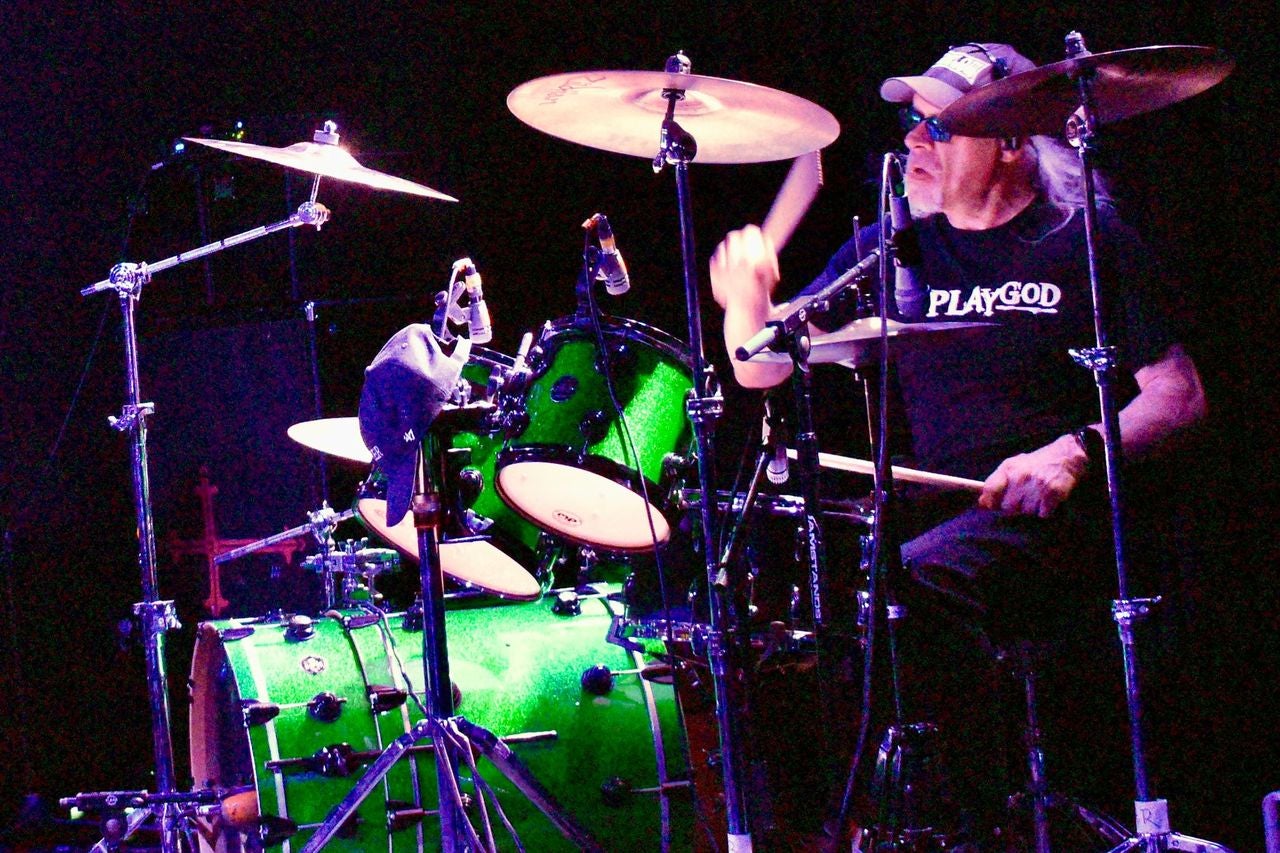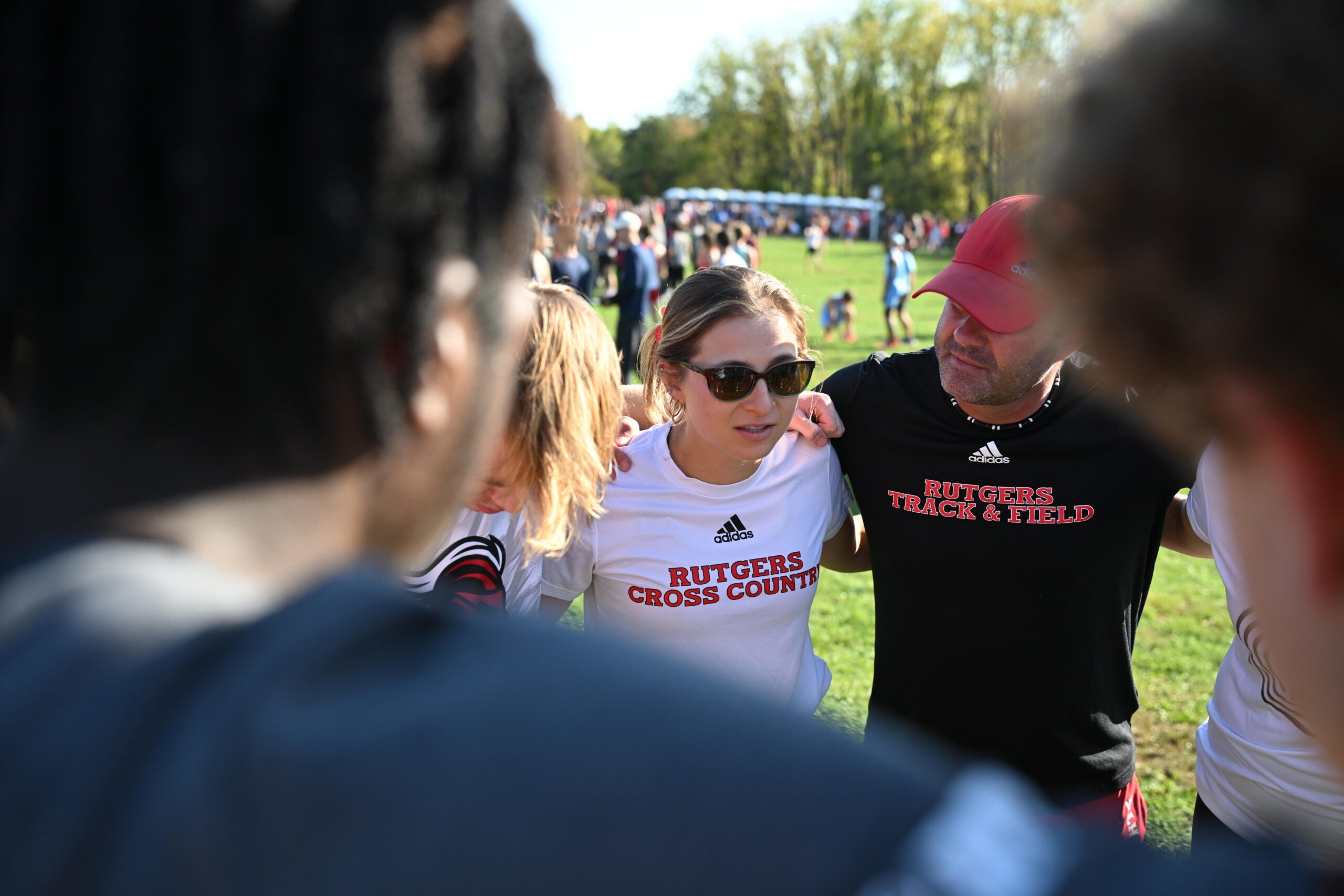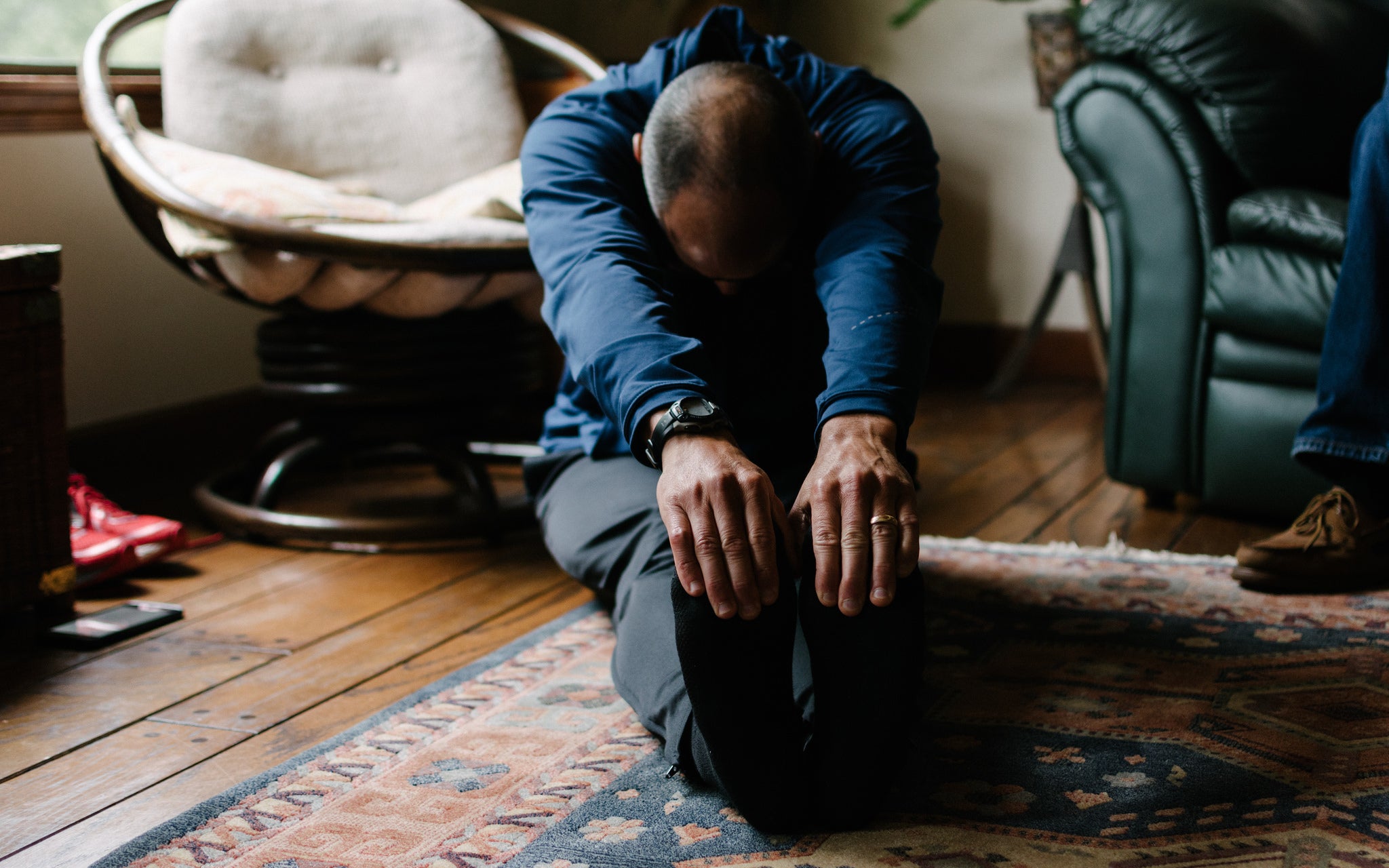Chronic pain can seriously affect quality of life. Larry Meiller learns what causes the nerve condition sciatica, and how to manage the symptoms.
Featured in this Show
-
Sciatic Pain Can Feel Like A 'Lightning Bolt,' Says Physical Therapist
There are a variety of causes for back pain, but few are more painful or hamper movement more than sciatica.
The sciatic nerve starts in the buttocks, goes down the back of the leg and then splits to descend past the knee. Any compressed or pinched nerve is painful, but because the sciatic nerve is so large, the pain when it gets tweaked can be significant, according Bill Boissonnault, a professor at the University of Wisconsin School of Medicine and Public Health and senior physical therapist at the Spine Center Physical Therapy Clinic of the UW Hospital and Clinics.
“Anyone who’s had it will never forget it … There’s nothing like nerve pain to really humble you,” said Boissonault.
The pain of sciatica is usually sharp and shooting, “like a lightning bolt down the back of the leg,” Boissonnault said. When the condition becomes even more severe, numbness can also develop, as can weakness, foot drop, and other issues that impede mobility.
Because of its length, there are several areas where the sciatic nerve can be aggravated. The lower back, including the lumbar spine and the sacral area, is one trouble spot. Boissonnault said that he and his colleagues at the Spine Center also see people in the clinic whose piriformis muscle is compressing the sciatic nerve where it exits the buttock.
Boissonnault said that sciatica can be caused by any situation that compresses the nerve itself or aggravates muscles or bones that might affect it. That includes extended periods of sitting, whether for work or as leisure, which can produces pressure on that nerve.
What may be surprising to some people is that standing can also be a trigger for sciatica.
“When our backs are relatively backward bent or extended, which happens when we stand or reach overhead, there’s actually more pressure on the nerve,” said Boissonnault.
In those particular cases, sitting, or slumping forward feels better because it creates more space for nerves. “So spine position can make a huge difference on the status of the nerve,” Boissonnault said.
For people who stand for extended periods of time at work, Boissonnault recommended setting up the work station to have one foot up, like on the rung of a stool. He explained that having one leg bent and the other straight prevents excessive extension that can cause problems, and that switching back and forth can also help.
Injury or trauma can also lead to sciatica. Boissonnault pointed specifically to herniated discs, which put pressure on the nerve. Changes in the body can also have an impact. He said that arthritis and the resulting spinal narrowing can put pressure on the nerve, as can being overweight or obese.
There are several ways to address and manage sciatica, and Boissonnault said that a combination of approaches is usually the most effective. Those may include manual therapy like massage, manipulation like physical therapy, and exercise.
Boissonnault said that people with sciatica often need some education before they can jump into exercises. For example, he said, when someone is dealing with a sciatica flare-up, stretching is not recommended.
“I’ve told more people than I can count to stop stretching their hamstrings,” he said. “It may feel better for a couple of minutes, but it’s actually making it worse over time.”
Even unintentional stretching can be a problem. Boissonnault said that shortening the stride when walking can reduce pressure on the nerve.
“If the nerve is irritated, it doesn’t like that kind of stretch,” he explained.
On the other hand, Boissonnault said, stretches that focus on the spine “can be very, very productive.” In the acute phase of sciatica, he said that stretches that create more room for the nerves can alleviate the pain.
While most patients respond well to a combination of treatments such as those Boissonnault outlined, more extreme cases may call for nerve injections or even surgery.
Episode Credits
- Larry Meiller Host
- Judith Siers-Poisson Producer
- Lori Thein Brody Guest
- Bill Boissonnault Guest
Wisconsin Public Radio, © Copyright 2026, Board of Regents of the University of Wisconsin System and Wisconsin Educational Communications Board.





